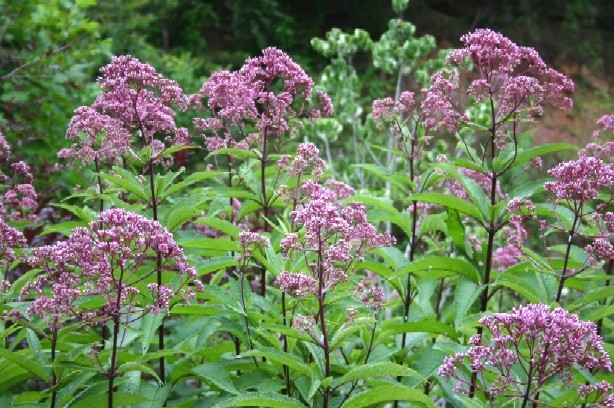
Check out our Services.
| Rain Gardens |

|
Need help? Check out our Services. |
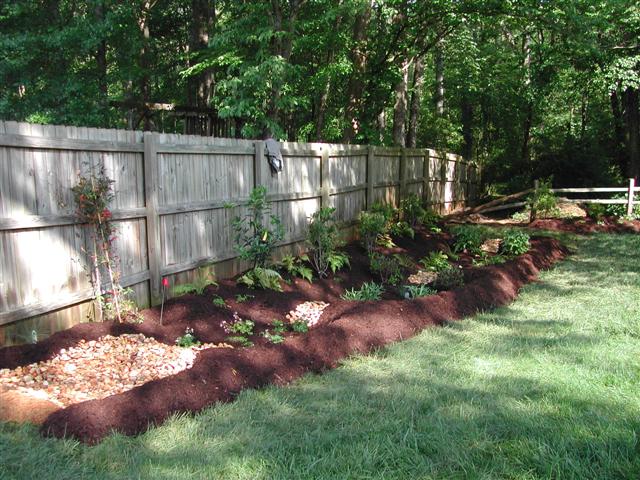 |
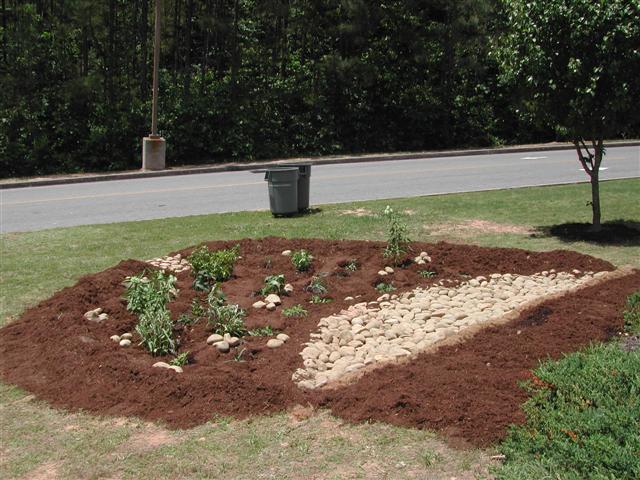 |
| Shade & Sun Rain Gardens | Images Courtesy of Diane Minick at Stormwater Landscapes, LLC |
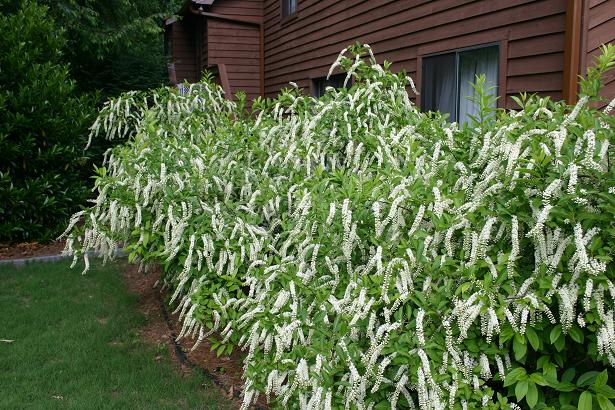 |
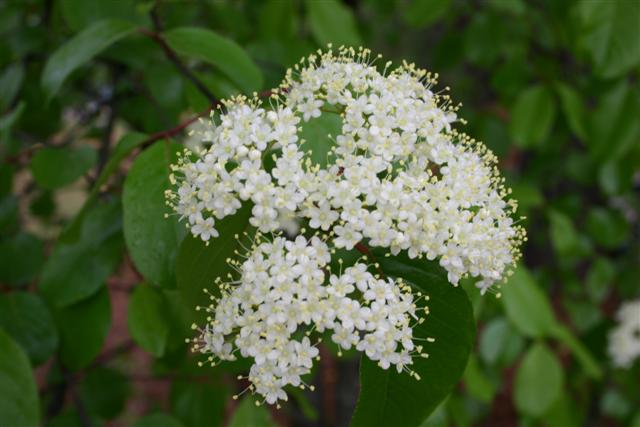 |
| Virginia Sweetspire (Itea virginica) | Smooth Witherod (Viburnum nudum) |
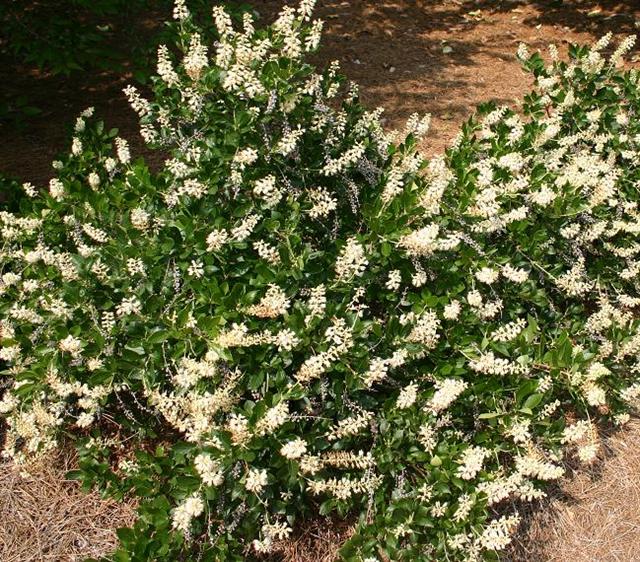 |
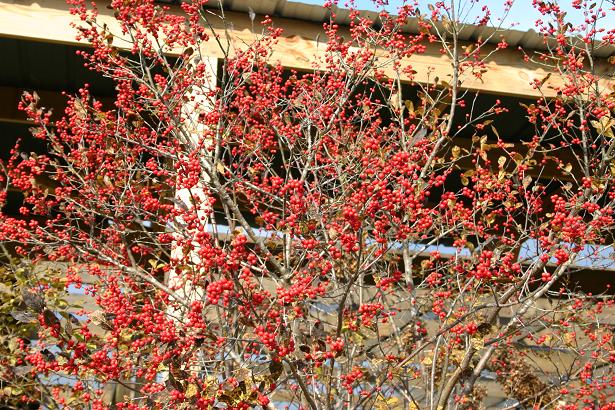 |
| Summersweet (Clethra alnifolia) | Winterberry (Ilex verticillata) |
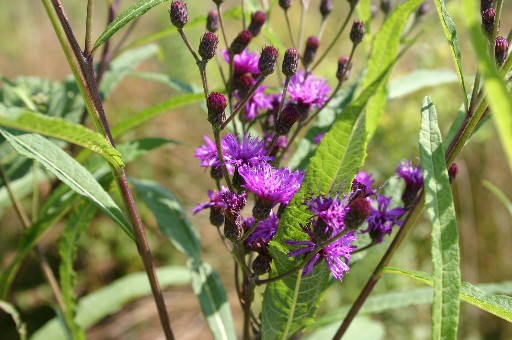 |
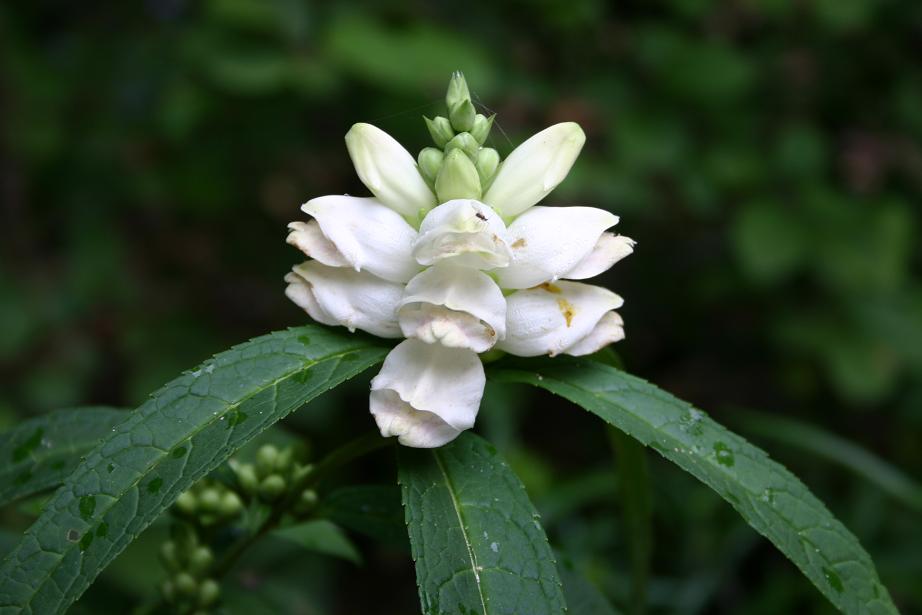 |
| Ironweed (Vernonia spp.) | White Turtlehead (Chelone glabra) |
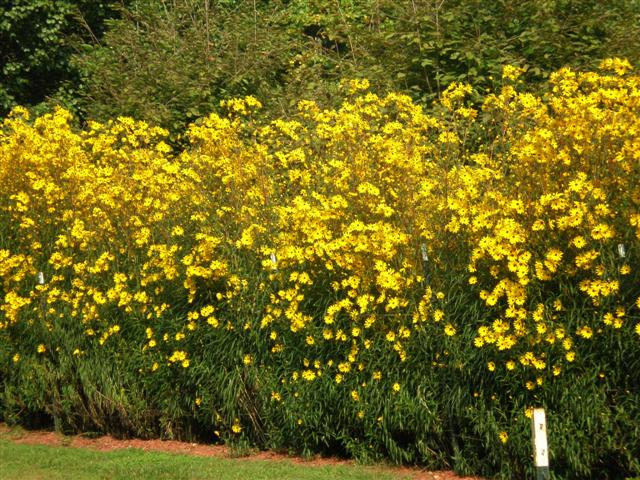 |
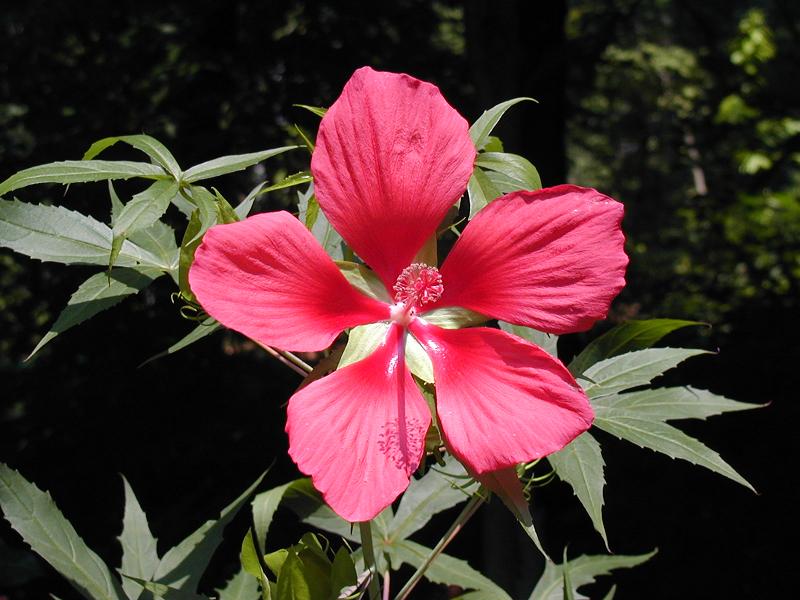 |
| Swamp Sunflower (Helianthus angustifolius) | Scarlet Hibiscus (Hibiscus coccineus) |